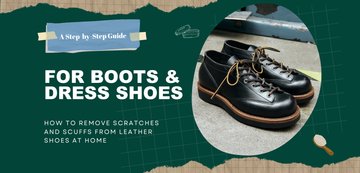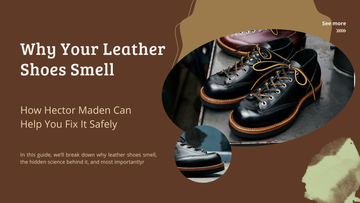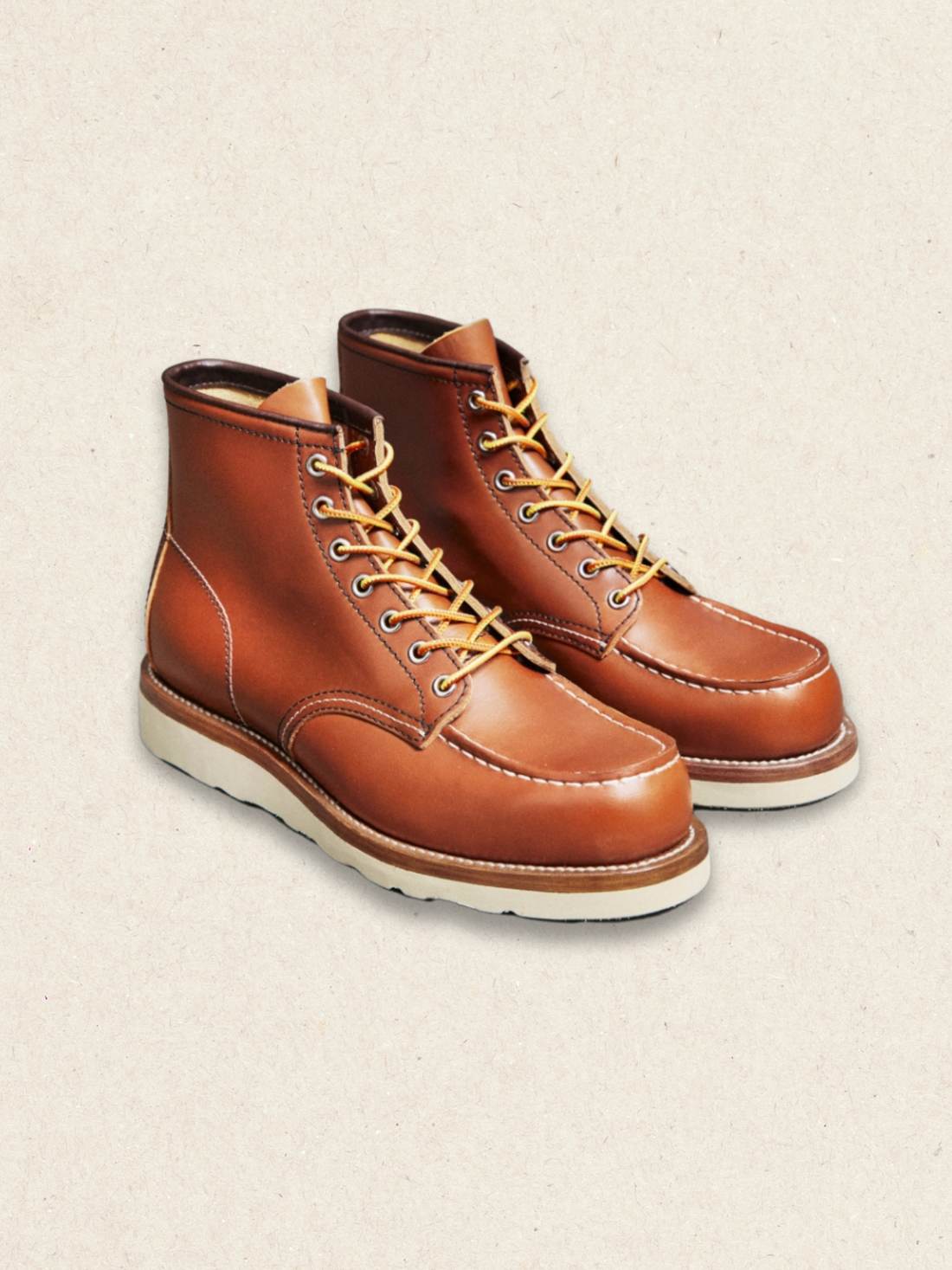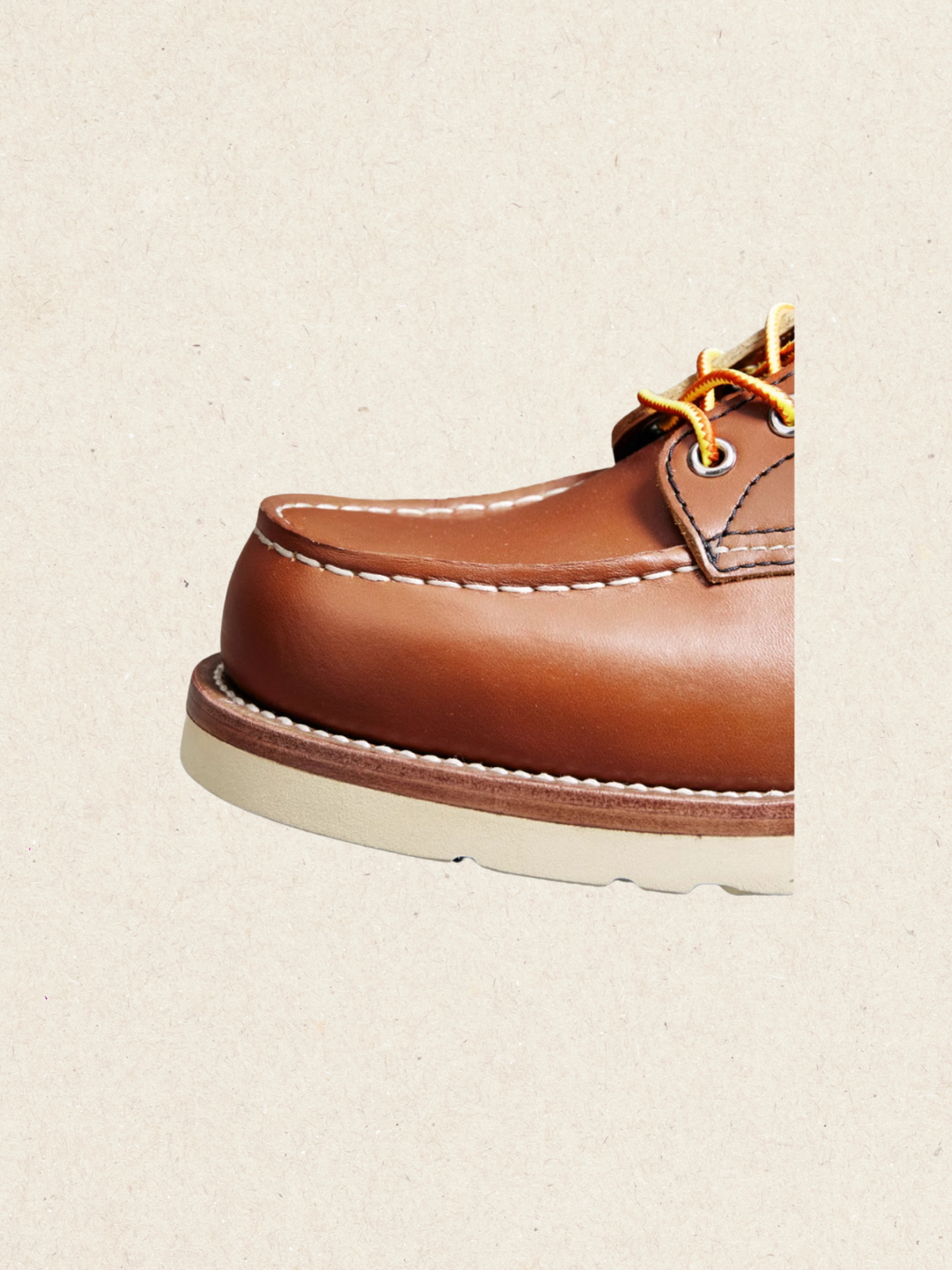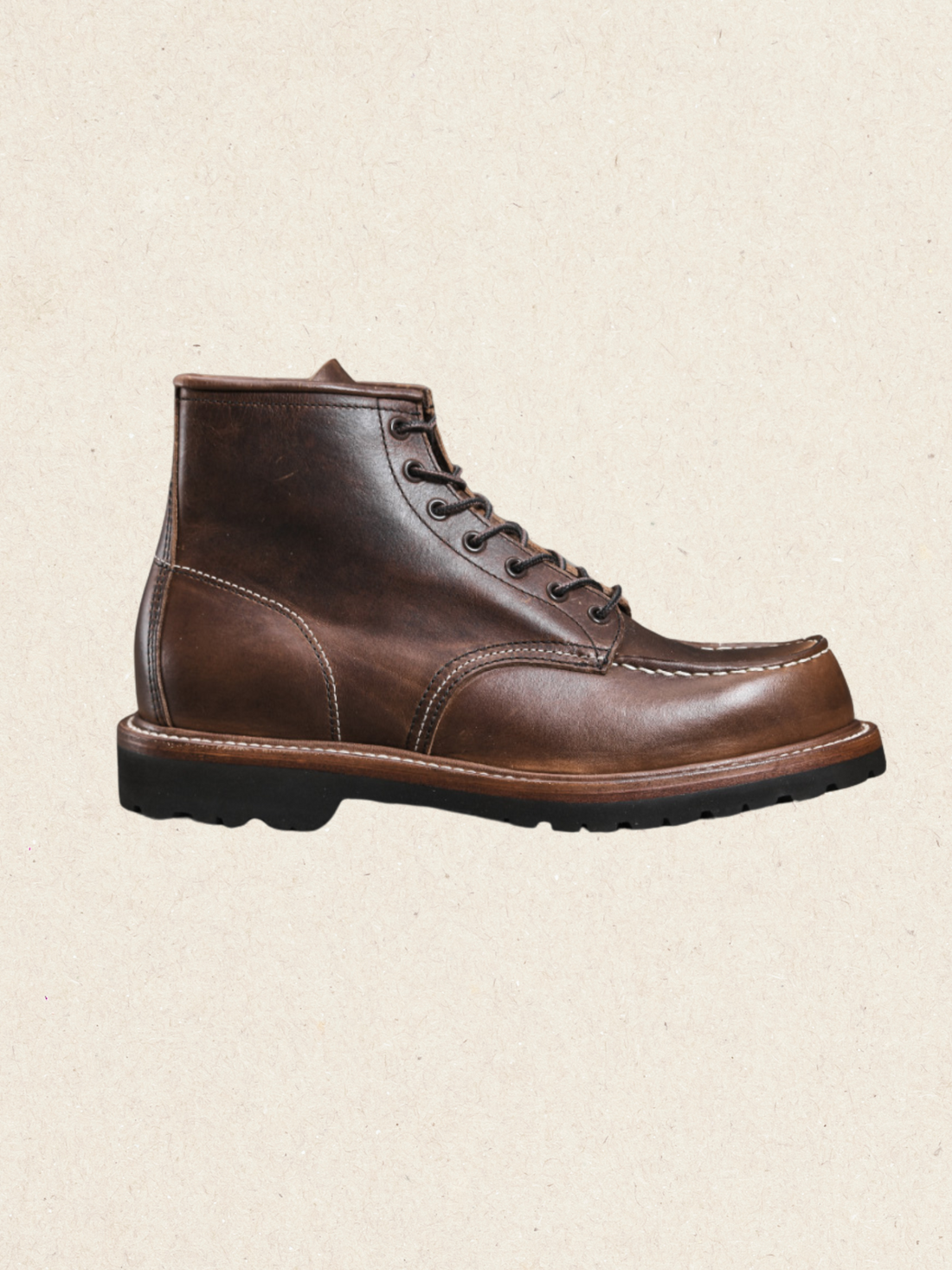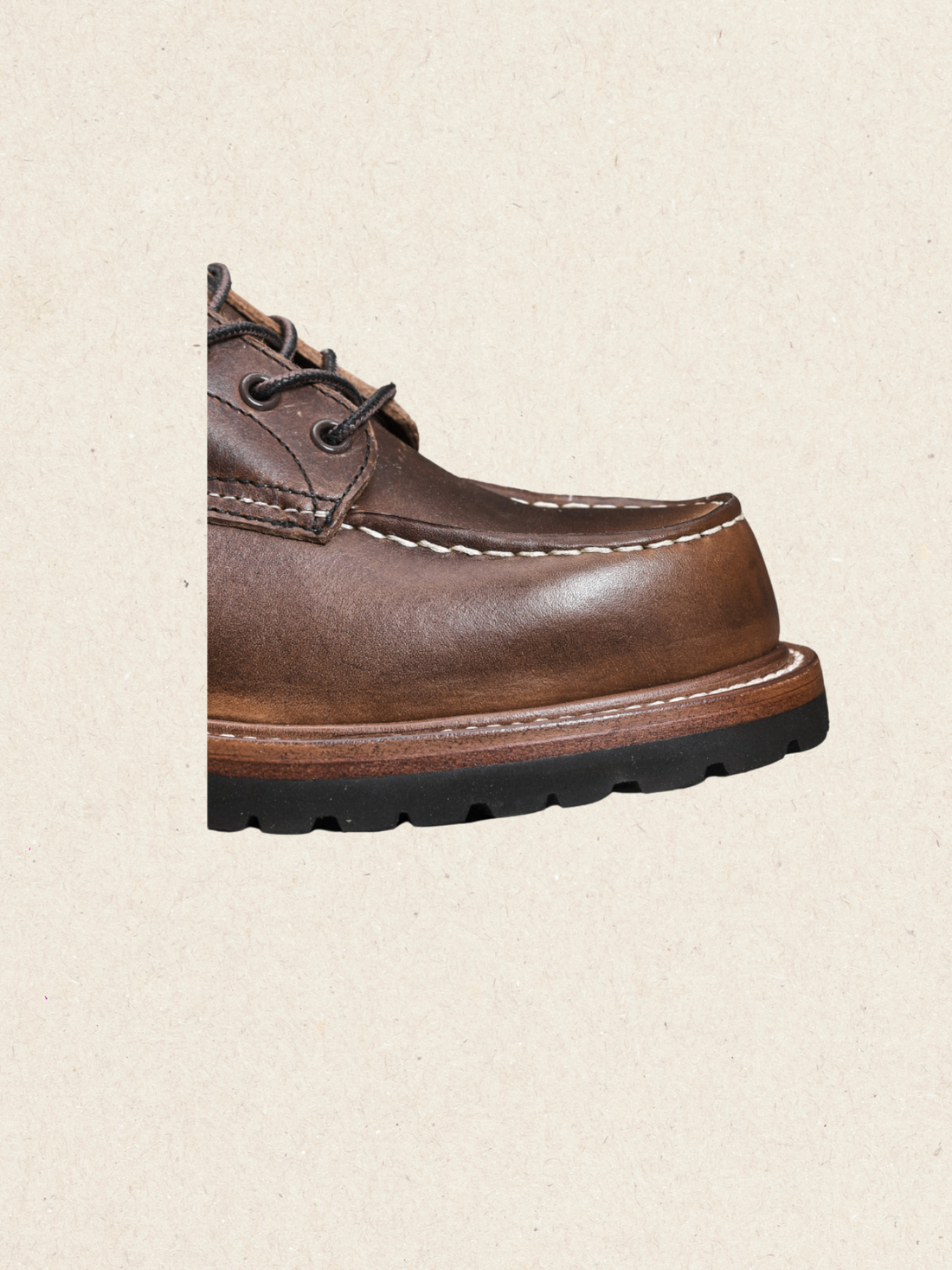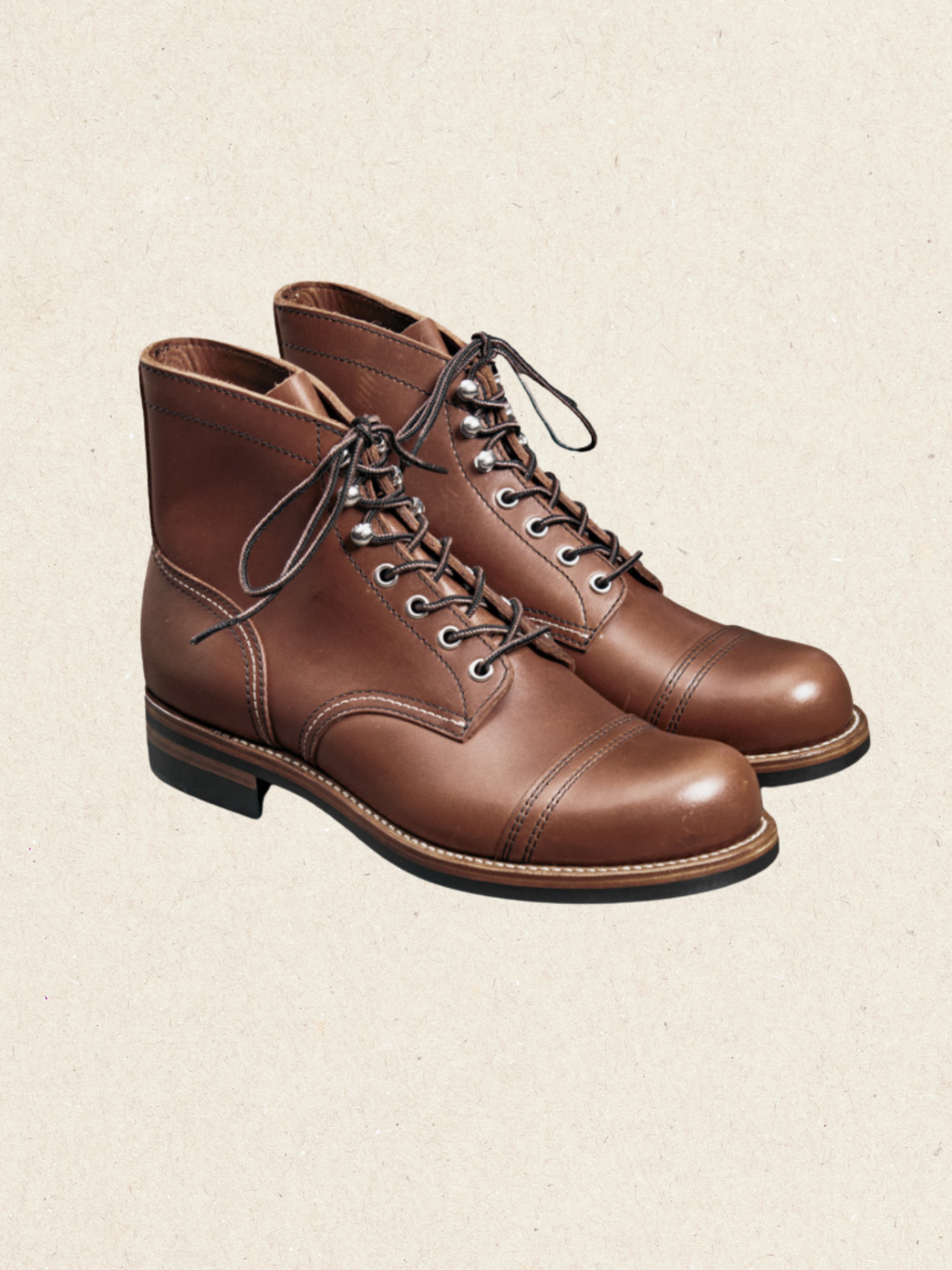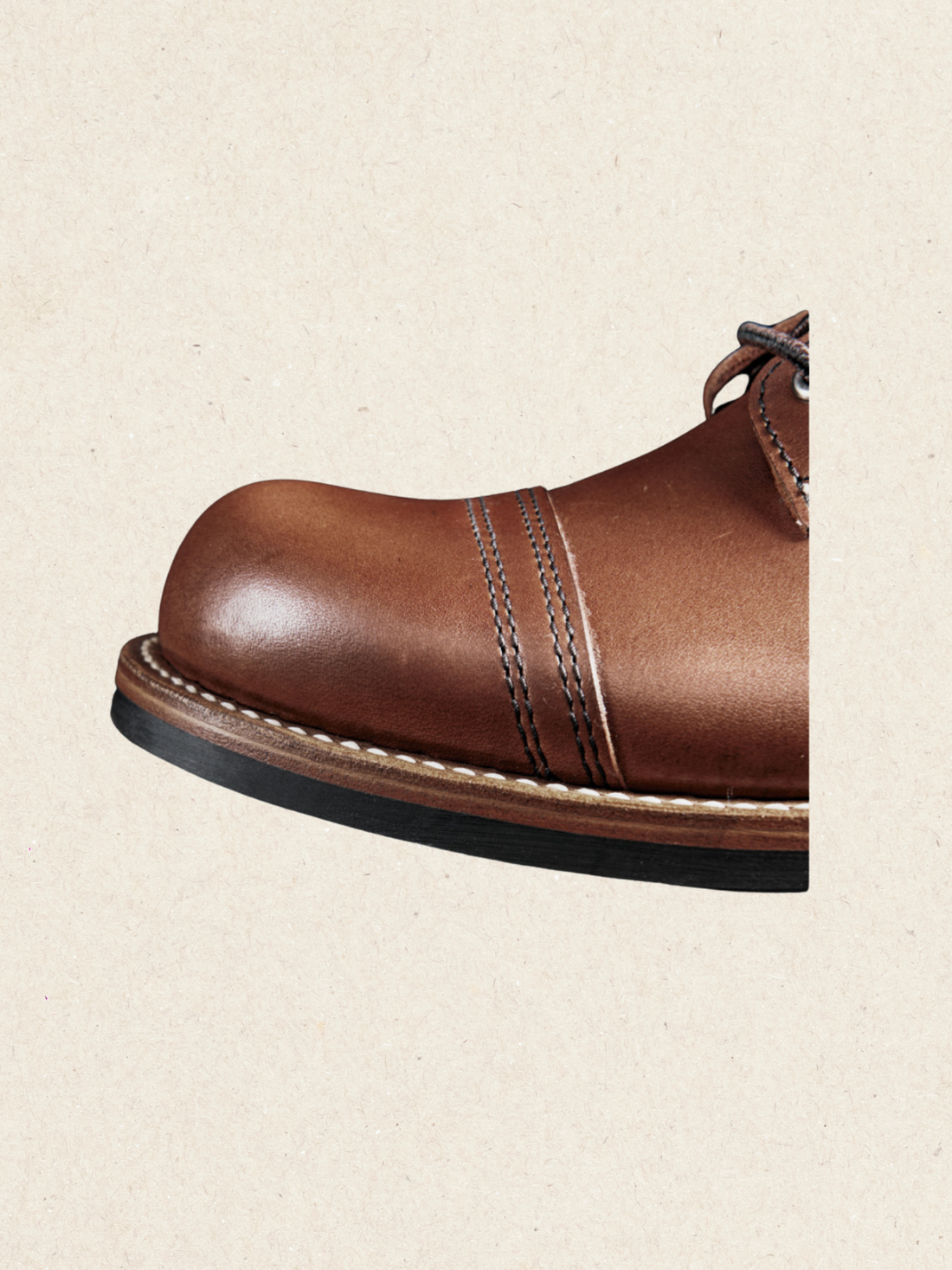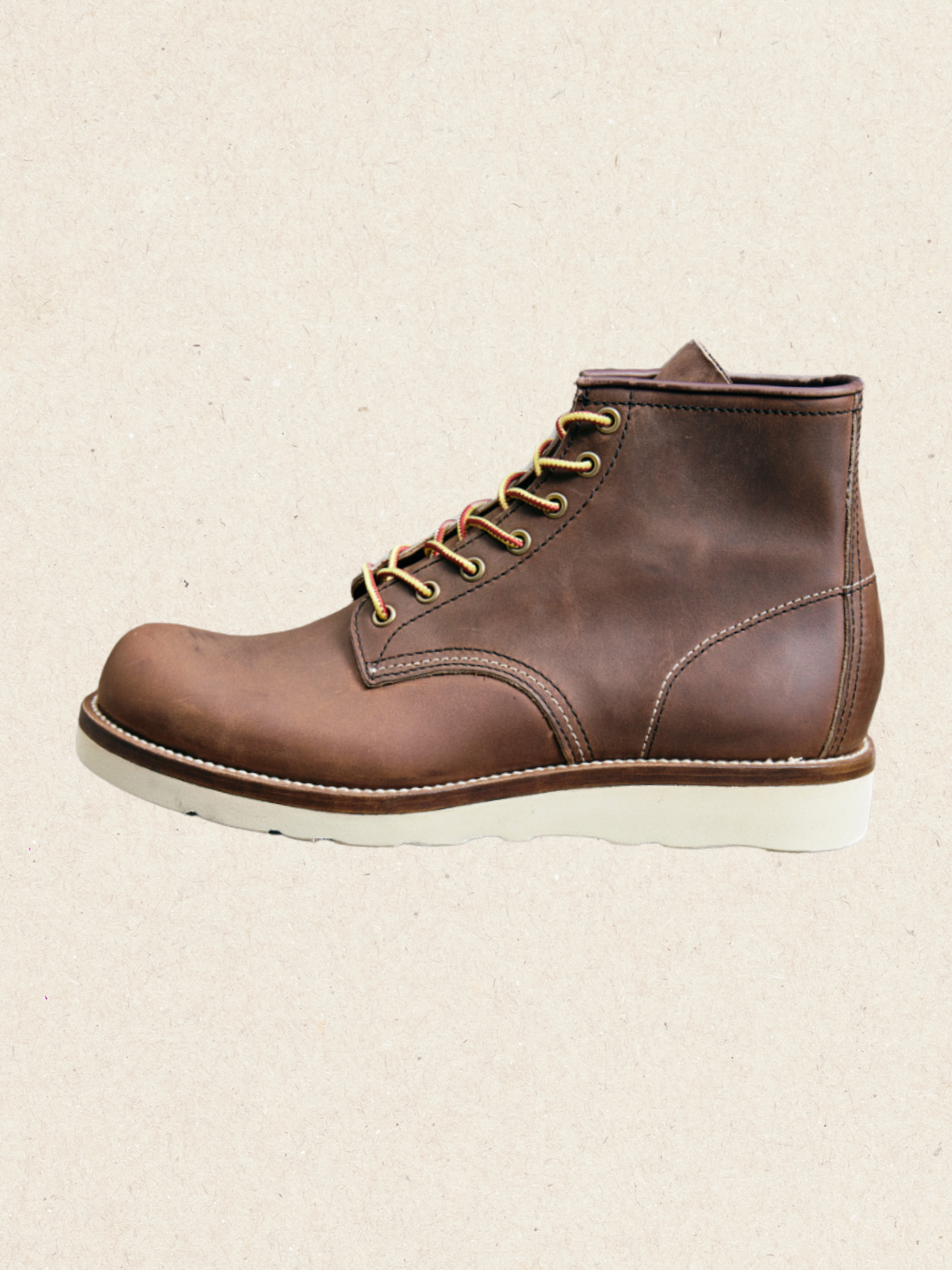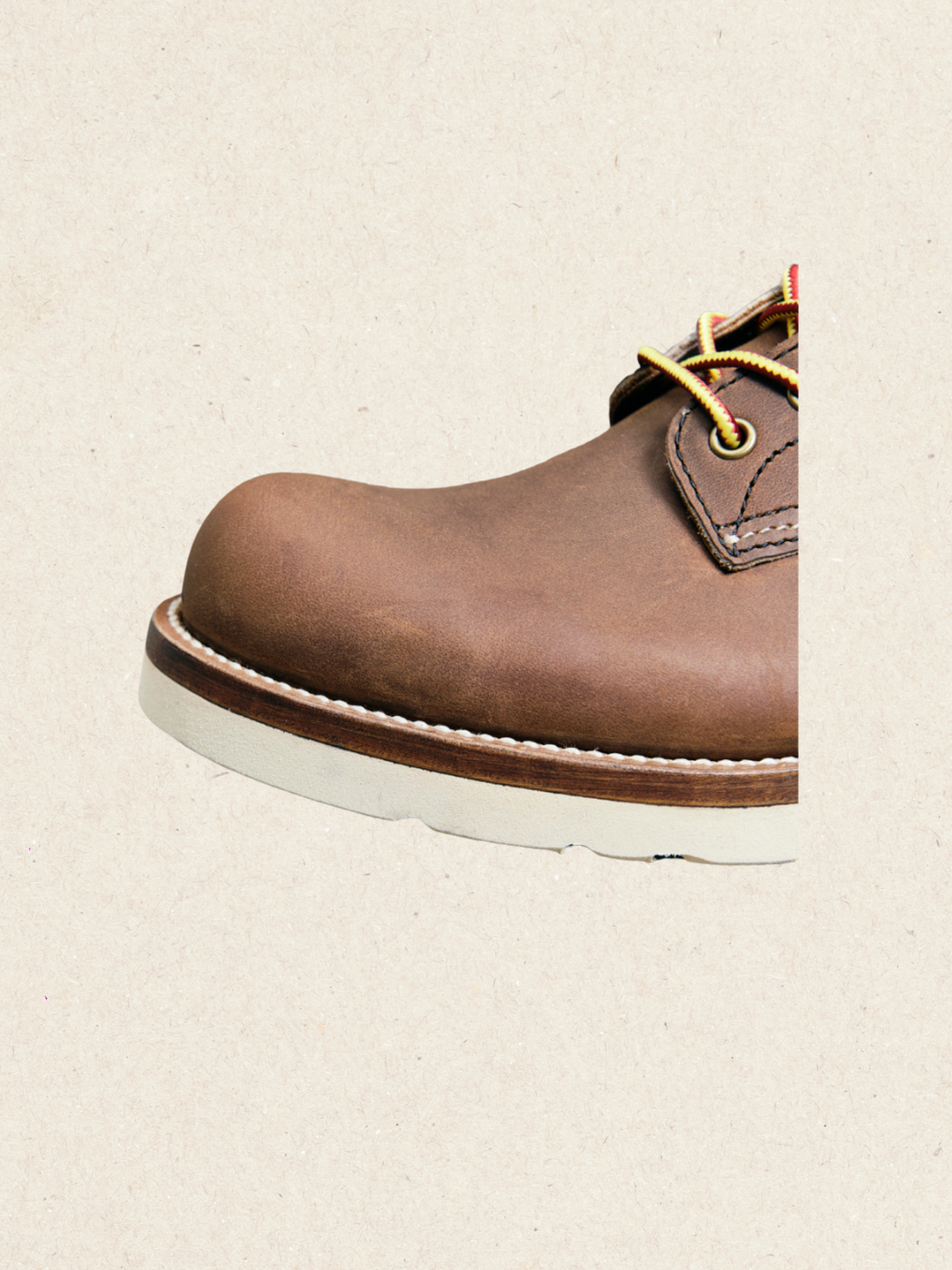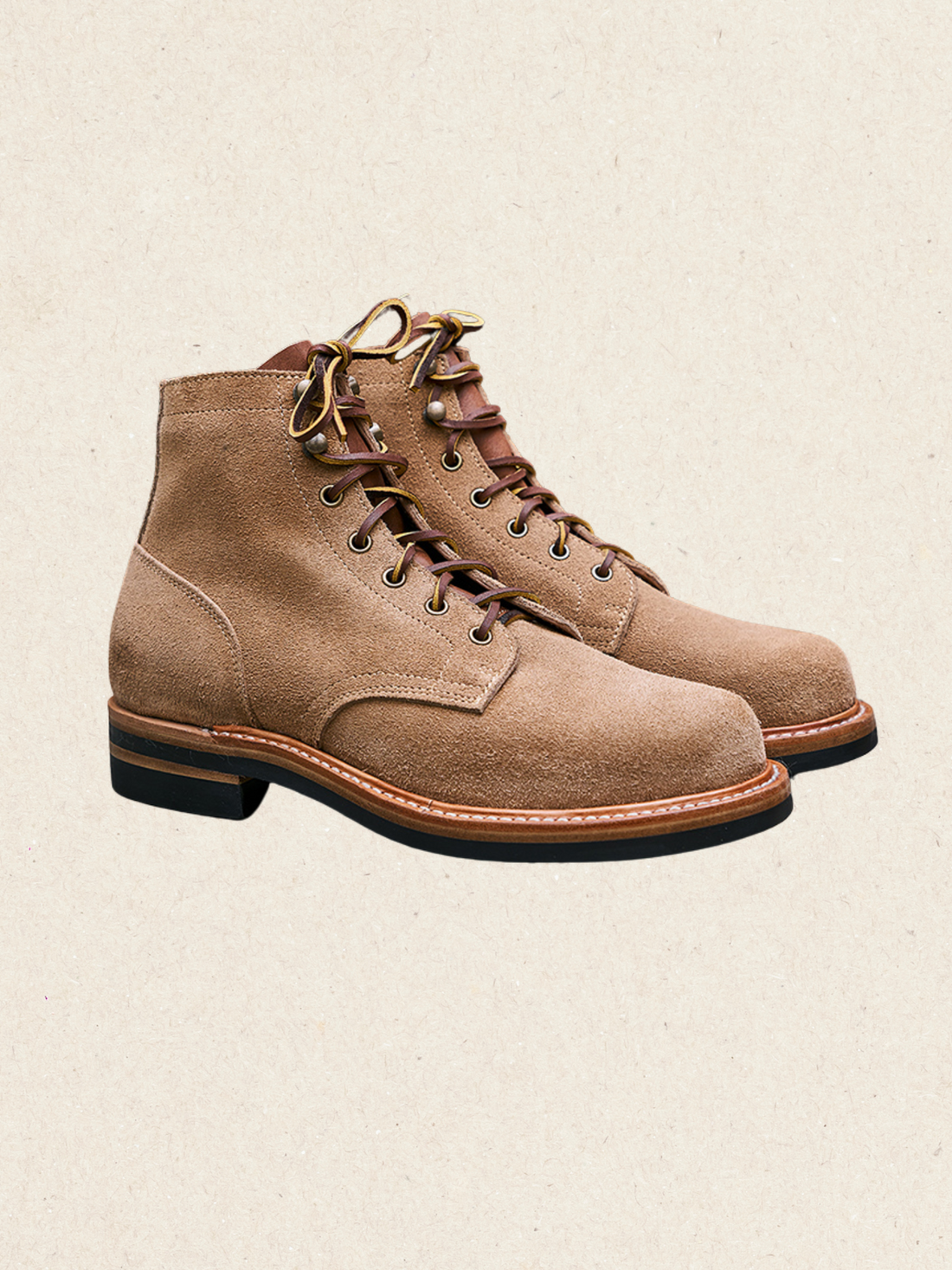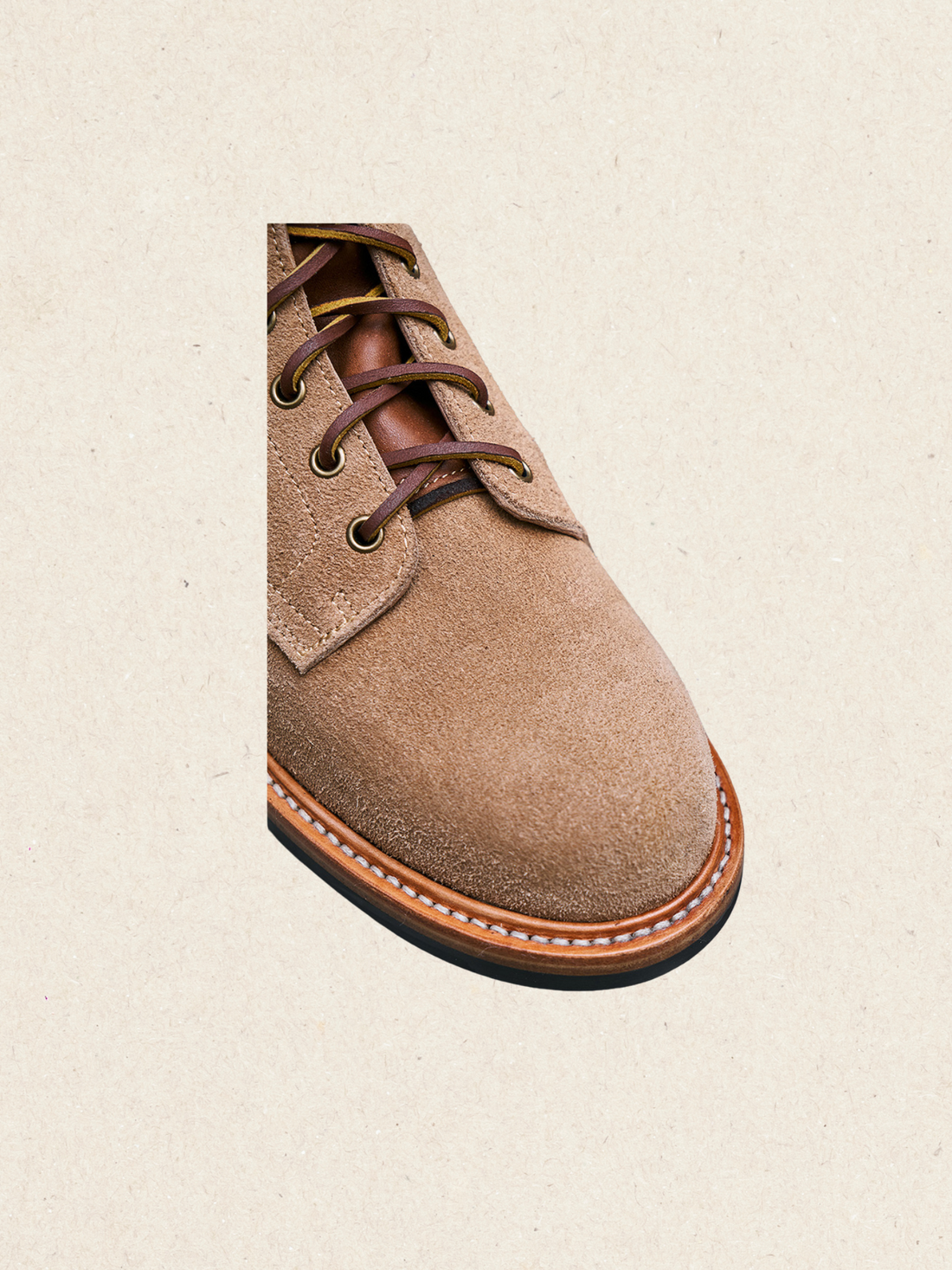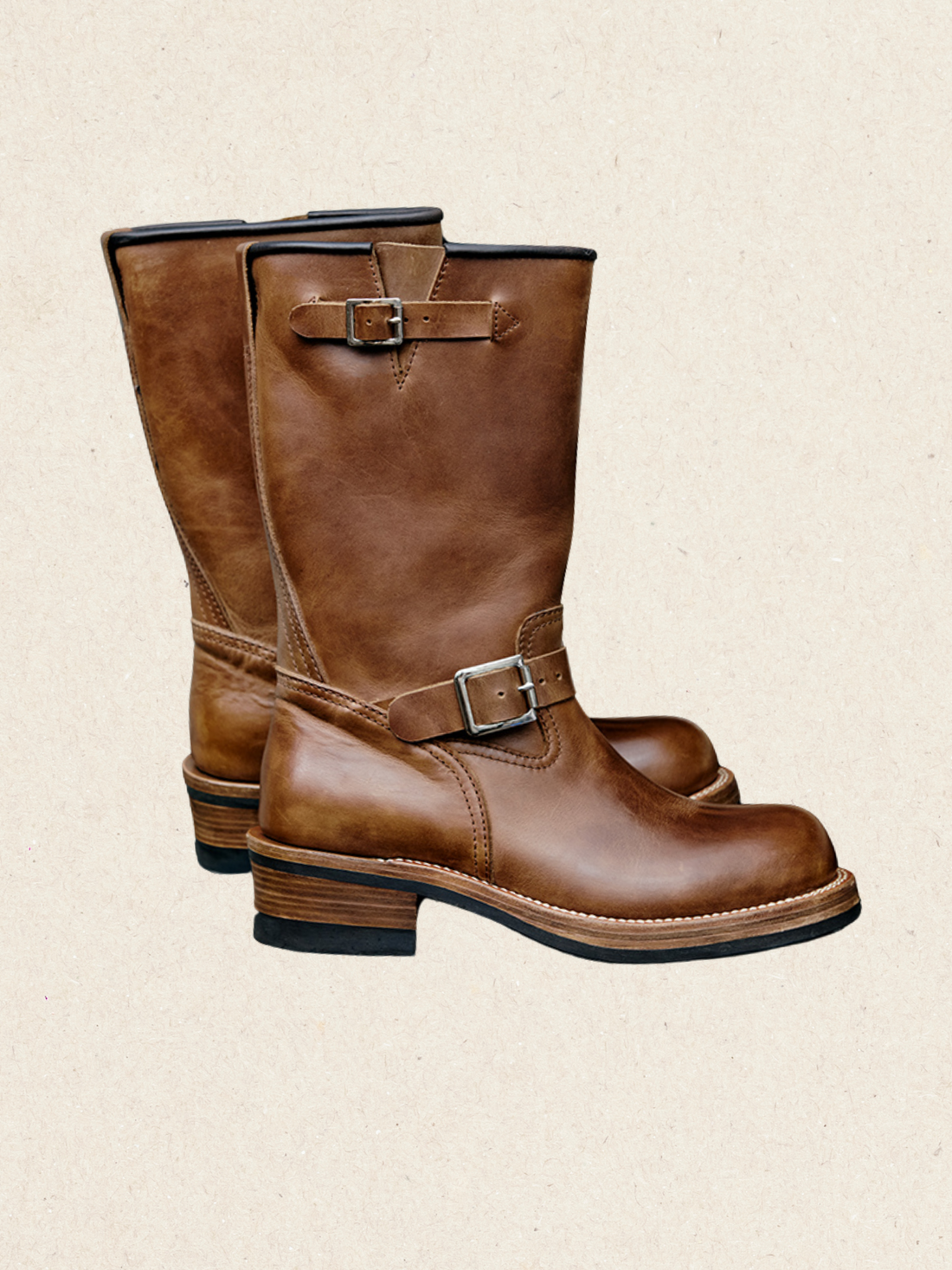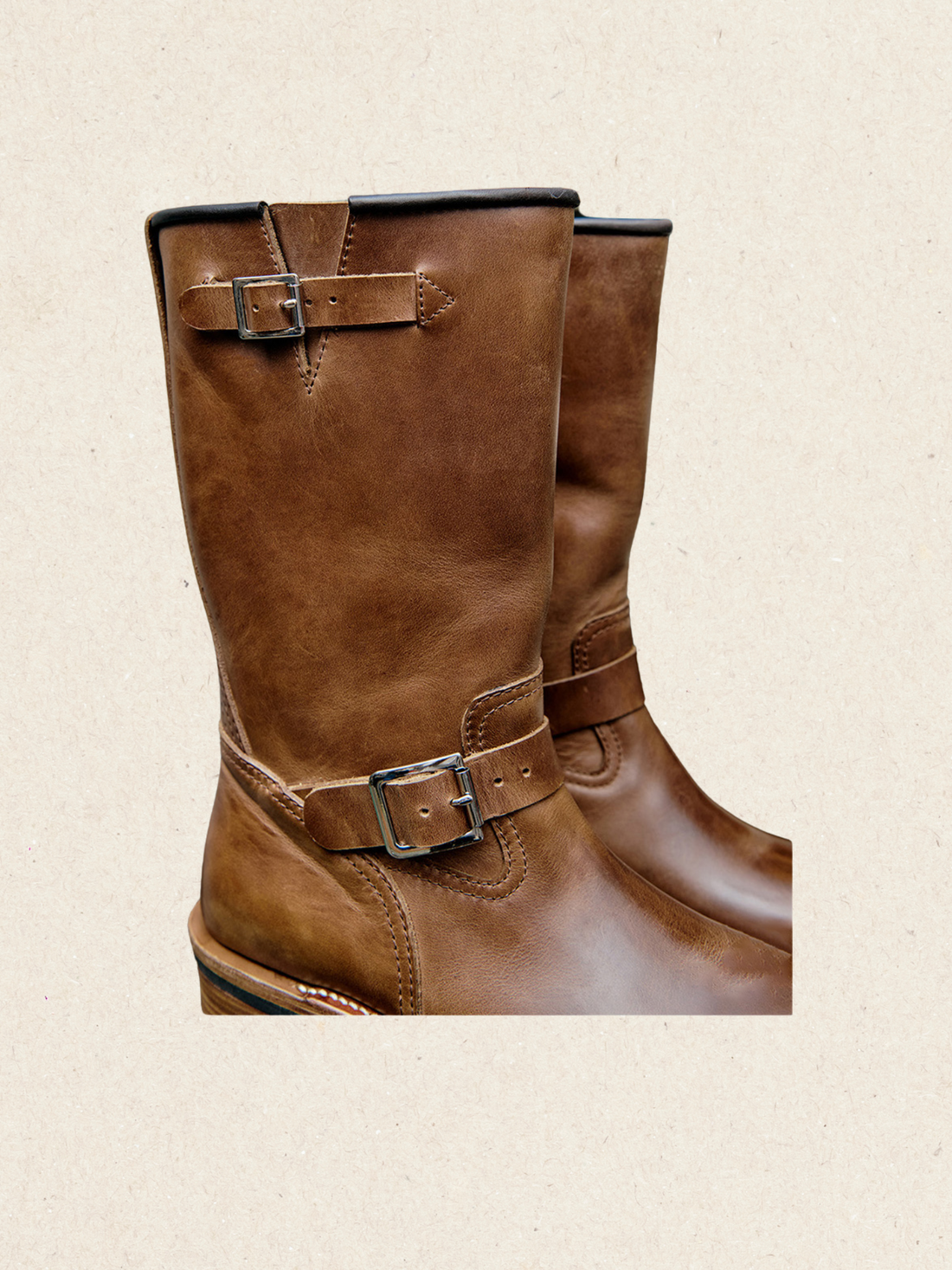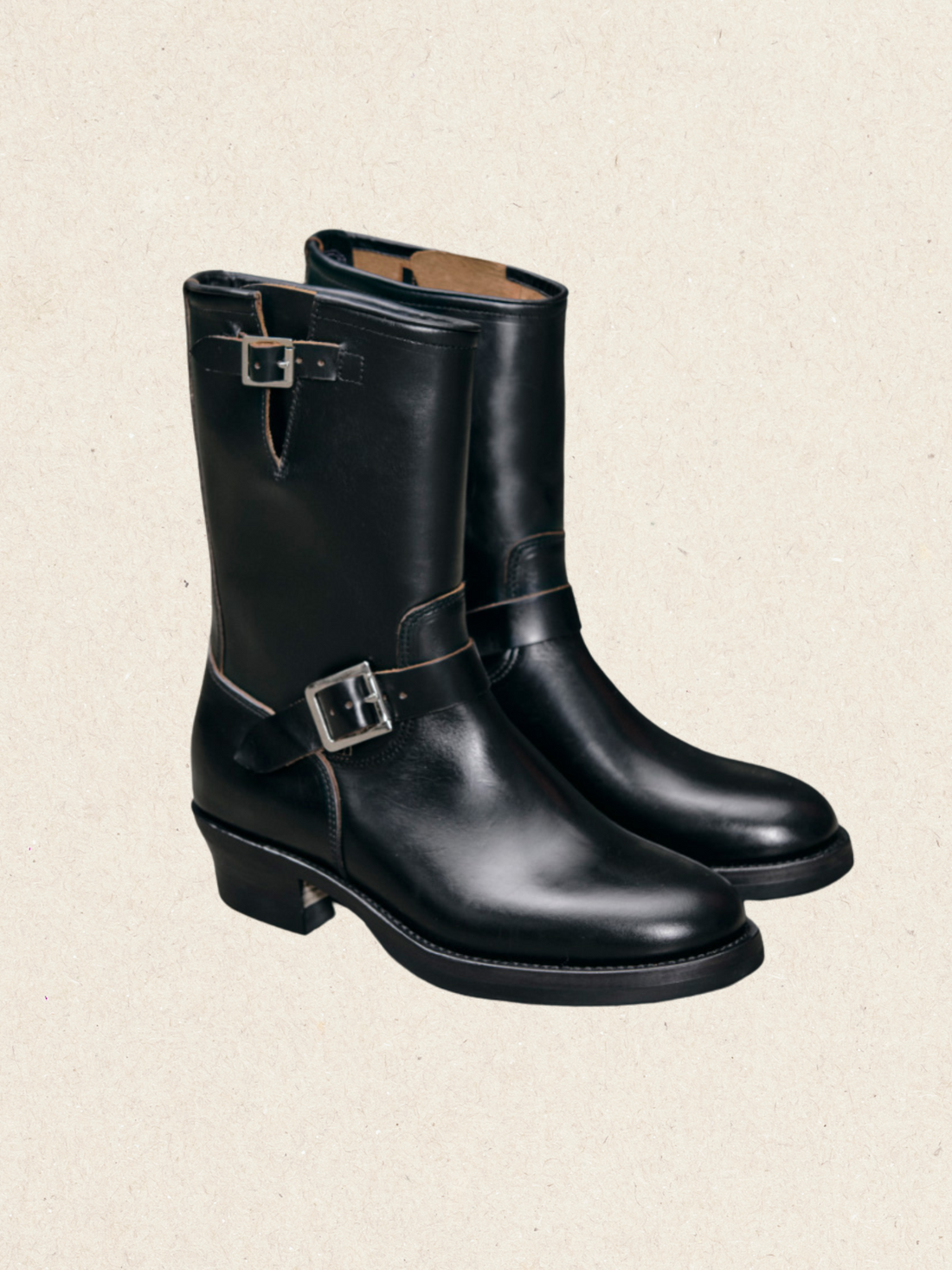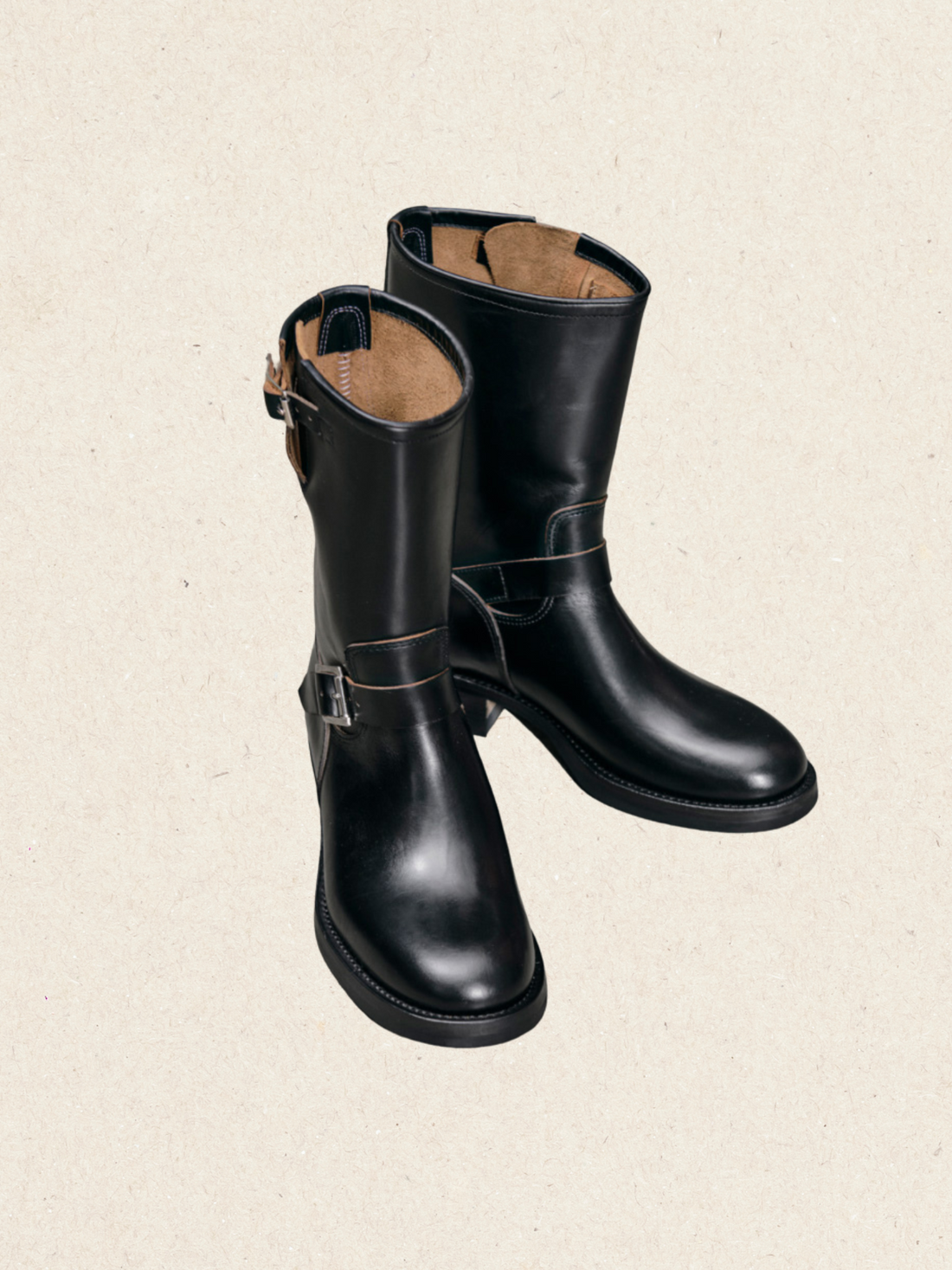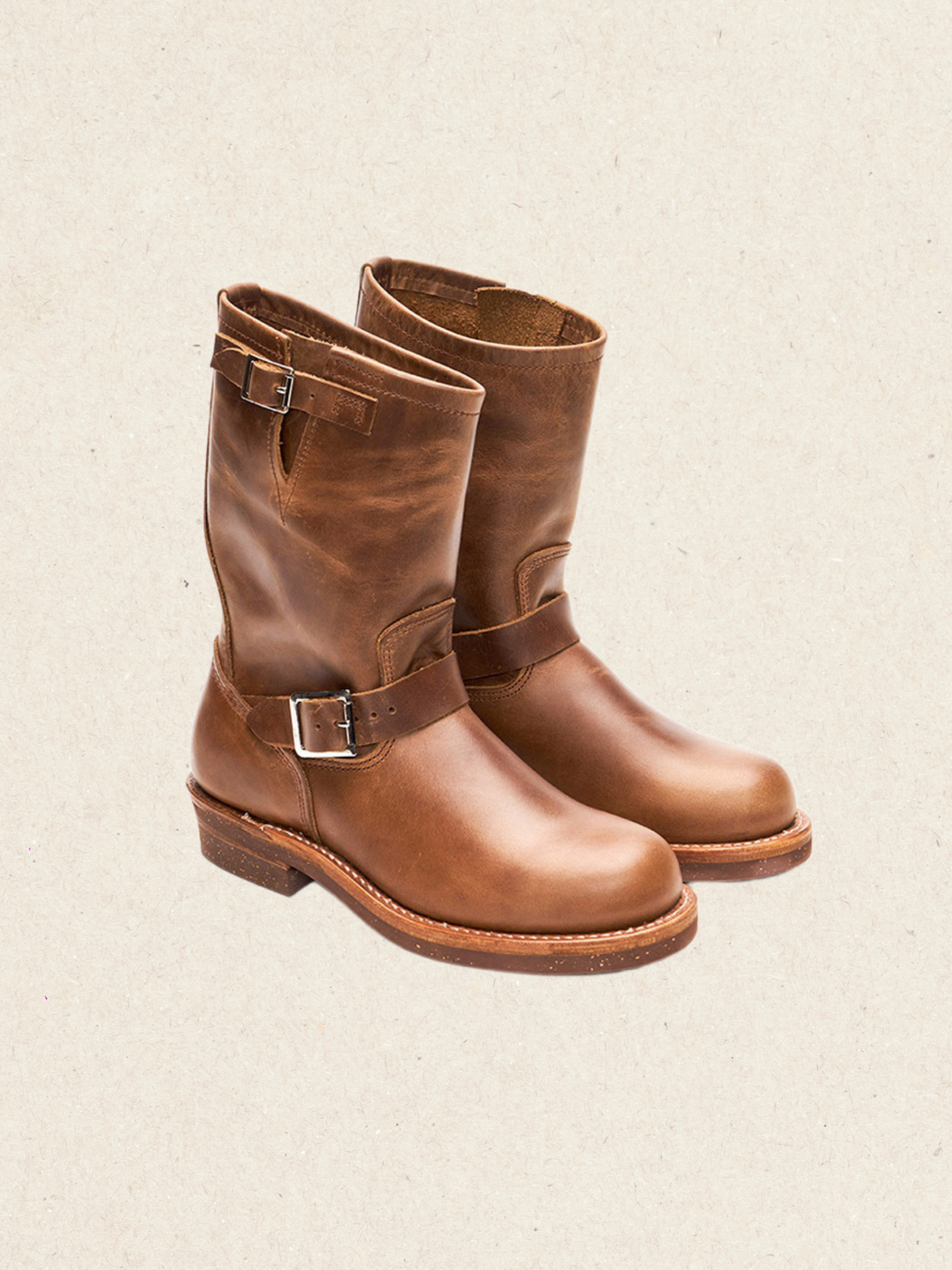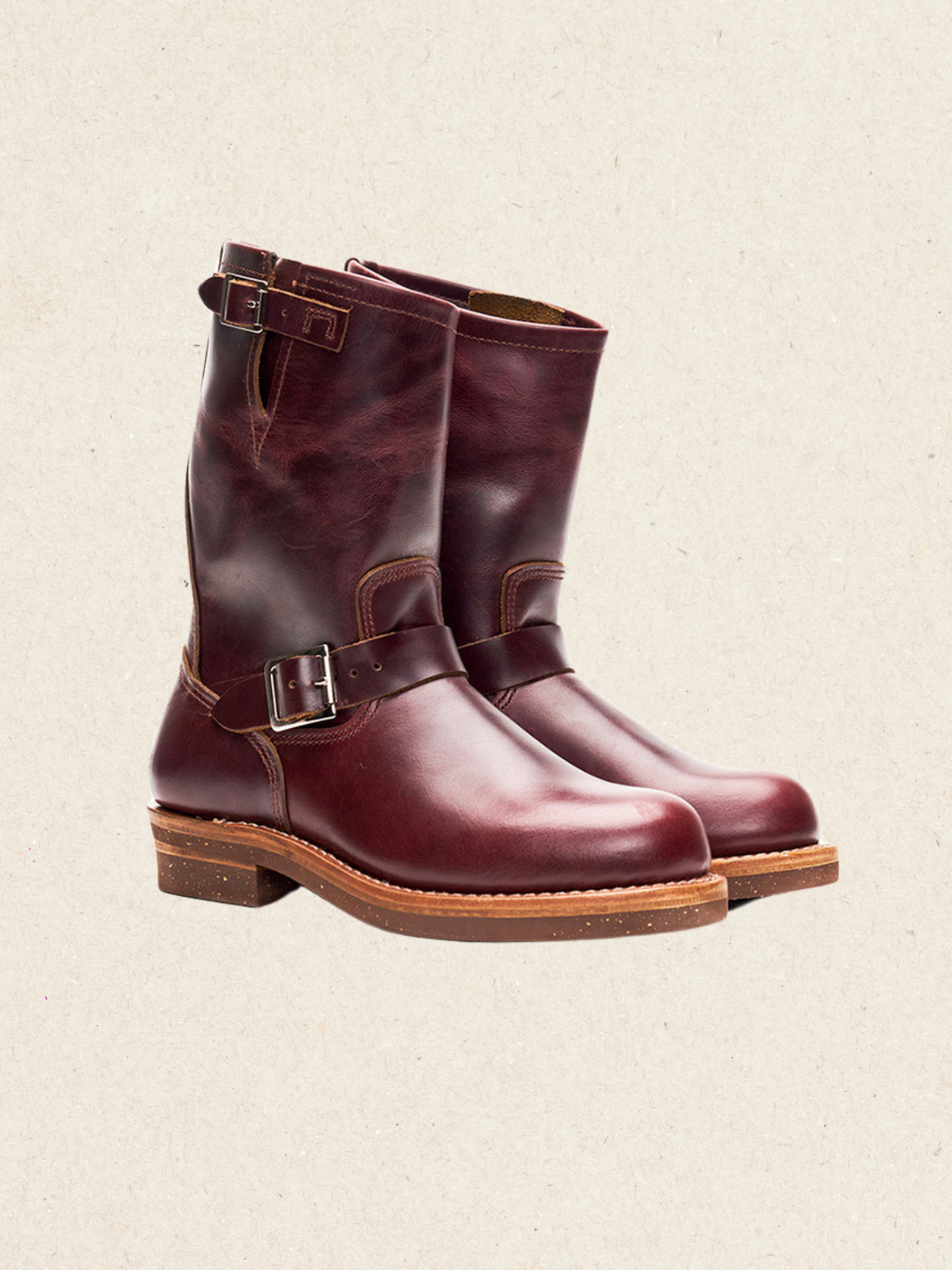Introduction: Why Scratches Happen
No matter how careful you are, scratches and scuffs on leather shoes are almost inevitable. A crowded subway ride, a busy worksite, or even a night out in men dress shoes can leave unwanted marks on your favorite pair. At first, it feels like a disaster — but the truth is, most scuffs are only surface-level and can be repaired at home.

The beauty of leather is that it tells your story: every crease and subtle mark reflects the miles you’ve walked. But while natural aging adds character, deep scratches and messy scuffs don’t have to stay. With the right care, you can restore your leather work boots, engineer boots, or dress shoes to a polished look while still letting them carry your journey.
Learning how to remove scratches from leather shoes not only brings back their sharp appearance but also protects your investment, saving you unnecessary trips to the cobbler.
Assess the Damage First
👉 “Not every scuff needs the same treatment. Before you reach for polish, it’s important to assess what kind of damage you’re dealing with.”
Before you grab polish or conditioner, take a close look at the type and depth of the damage. Not all scratches are the same — and not all leathers react the same way to treatment.
-
Light scuffs: These are surface-level marks that usually affect only the finish or wax layer. They can often be buffed out with a soft cloth, conditioner, or a touch of cream polish.

-
Deep scratches: Cuts that reach into the leather fibers themselves require more work. These may need filler creams or professional help if they break the surface grain.
-
Leather type matters: Smooth full-grain leather can usually be restored with polish and cream. Suede requires special brushes and erasers, while patent leather needs gentle, non-abrasive cleaning to maintain its glossy finish.
👉 By identifying the level of damage and the shoe material first, you’ll avoid making the mistake of over-treating or even worsening the mark.
Tools & Products You’ll Need
Before attempting any repair, having the right tools at hand makes the difference between a quick fix and causing further damage. Each item plays a specific role in restoring your shoes’ finish and extending their lifespan.
-
Soft cloth & horsehair brush: These are the foundation of leather care. A soft cloth is used to wipe off dust and apply products evenly, while a horsehair brush removes dirt without scratching the surface.

-
Leather conditioner & cream polish: Scuffs often look worse because the leather is dry. A conditioner replenishes lost oils, keeping the fibers supple, while a cream polish restores color and blends away minor scratches.
-
Colored shoe cream or wax: For deeper scratches where the surface color is broken, a pigmented cream or wax can conceal marks and rebuild a uniform finish. This is especially useful for black or brown dress shoes.
-
Suede eraser/brush (for suede styles): Unlike smooth leather, suede requires a different approach. A suede eraser can lift marks, while a stiff suede brush helps raise the nap to restore its texture.

👉 Having these items ready ensures that when scratches happen, you can act quickly before the damage sets in.
Step-by-Step: Fixing Light Scuffs
Light scuffs are usually surface-level marks that can be treated at home with just a few simple steps. Here’s how to do it right:
-
Clean the surface
Use a soft cloth or horsehair brush to gently remove any dust or dirt. This ensures you don’t accidentally rub debris into the leather while polishing.

-
Apply a leather conditioner
A thin layer of conditioner will rehydrate the leather fibers and soften the scuffed area, making it easier to blend the mark into the rest of the shoe. -
Buff with cream polish
Choose a cream polish that matches your shoe color. Apply it evenly in small circular motions, focusing on the scuffed area. Then buff with a clean cloth to restore a uniform finish. -
Optional: Add wax for extra shine
For dress shoes or special occasions, you can add a layer of wax polish after the cream. This not only gives a glossy finish but also adds an extra layer of protection against future scuffs.

👉 In most cases, light scuffs disappear after this routine, leaving your shoes refreshed and looking nearly new.
Step-by-Step: Fixing Deeper Scratches
If light scuffs are easy to handle, deeper scratches need a slightly more detailed approach.Deeper scratches cut into the leather’s surface, making them harder to hide than light scuffs. While they may not vanish completely, the right approach can significantly reduce their visibility.
-
Fill with matching shoe cream
Choose a high-quality shoe cream that closely matches the color of your leather. Apply a small amount directly into the scratch, ensuring it fills the groove. -
Blend with small circular motions
Using a soft cloth, massage the cream into the leather around the scratch in gentle, circular motions. This helps blend the repaired area with the rest of the shoe’s finish. -
Use layered applications for color depth
For deeper or more stubborn scratches, you may need two or three thin layers of cream. Allow each layer to dry before applying the next to build up color gradually without caking. -
Seal with wax polish
Finish by applying a neutral or matching wax polish over the entire shoe. This locks in the color, evens out the surface, and restores a polished, uniform look.

👉 With consistent care, even noticeable scratches can become far less distracting and your shoes will keep their premium appearance longer.
Special Cases
Not all leather reacts the same way to scratches. Different finishes require specific care methods to ensure the best results.
-
Suede Boots
Suede is delicate and doesn’t respond well to creams or waxes. Instead, use a suede eraser to gently rub away scuffs, followed by a suede brush to lift the nap and restore texture. A protective suede spray can also help prevent future marks.

-
Patent Leather
With its glossy, coated surface, patent leather hides light scuffs better than smooth leather. For shine and minor mark removal, apply a small amount of petroleum jelly or mineral oil with a soft cloth, then buff lightly. Avoid harsh polishes as they can dull the finish.

-
Work Boots
Work boots are built for durability and often gain scuffs as part of their rugged character. While you can treat deeper scratches with conditioner and polish, some marks add to the patina and personality of the boots. Focus on balance—care enough to protect the leather, but don’t worry about every small mark.

Preventing Future Scratches
Taking care of your leather shoes isn’t just about repairing damage—it’s about prevention. Following these habits can keep your footwear looking sharp for years:
-
Regular Conditioning
Apply a high-quality leather conditioner every few weeks to maintain suppleness and reduce the risk of cracks or scratches forming. -
Use Shoe Trees
Cedar or hardwood shoe trees help maintain shape, absorb moisture, and minimize creasing that can lead to scratches over time. -
Protective Sprays for Suede & Nubuck
Always spray suede or nubuck boots with a dedicated water- and stain-repellent product. This forms a protective barrier that reduces damage from scuffs or spills. -
Avoid Careless Storage & Transport
Store shoes in a cool, dry place away from direct sunlight, and use dust bags or shoe boxes for transport. Avoid piling shoes together or letting them rub against hard surfaces.
By combining repair with prevention, your leather boots and dress shoes can stay pristine and retain their premium appearance for years.
When to Seek Professional Repair
While many scratches and scuffs can be handled at home, certain situations call for expert attention to preserve both appearance and structure:
-
Deep Cuts Exposing Raw Leather
Significant scratches or gouges that penetrate the leather surface may compromise durability. A professional cobbler can fill, dye, and protect the area properly. -
Color Restoration on High-End Dress Shoes
Premium dress shoes, especially full-grain or exotic leathers, may require careful color matching and polishing that’s difficult to achieve at home. -
Sole or Welt Damage
Damage to the sole, stitching, or welt affects both comfort and longevity. Professional resoling or repair ensures your boots remain functional and stylish.
By knowing when to seek professional repair, you can avoid further damage and keep your footwear looking impeccable.

Keep Your Leather Shoes Looking Sharp
Taking care of your leather shoes and tackling scuffs early can help them last longer and look sharper. Well-maintained boots and dress shoes not only look polished but also preserve their structure, ensuring comfort and style for years to come.
Integrate quick touch-ups—like regular conditioning, light polishing, and protective sprays—into your routine to prevent minor scuffs from becoming noticeable damage. Remember, a little maintenance goes a long way toward keeping your shoes in top shape.
Explore our Men’s Boots Collection for high-quality leather boots designed to age beautifully, and check out our Leather Care Guide for more tips on keeping your footwear looking its best.

